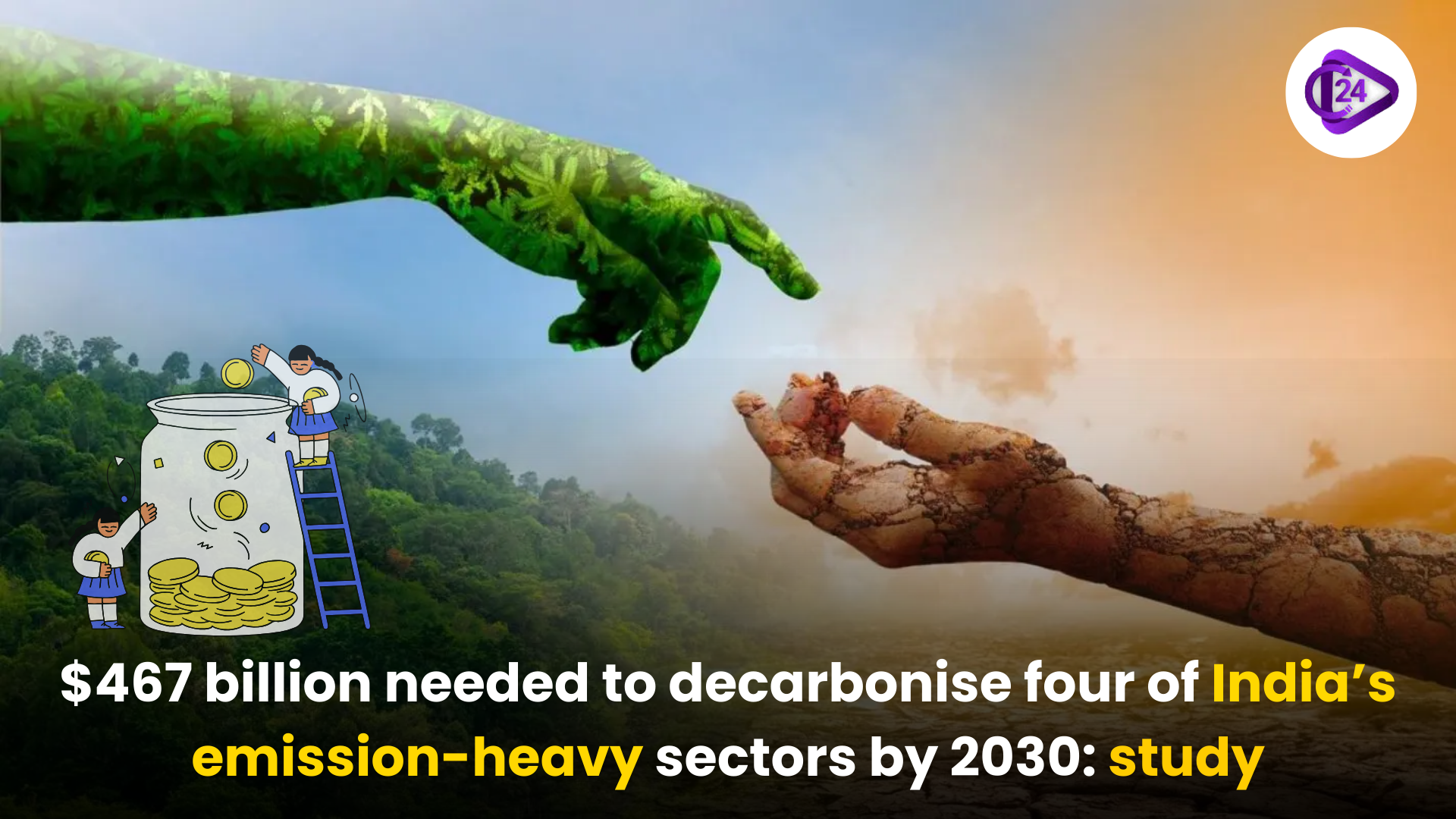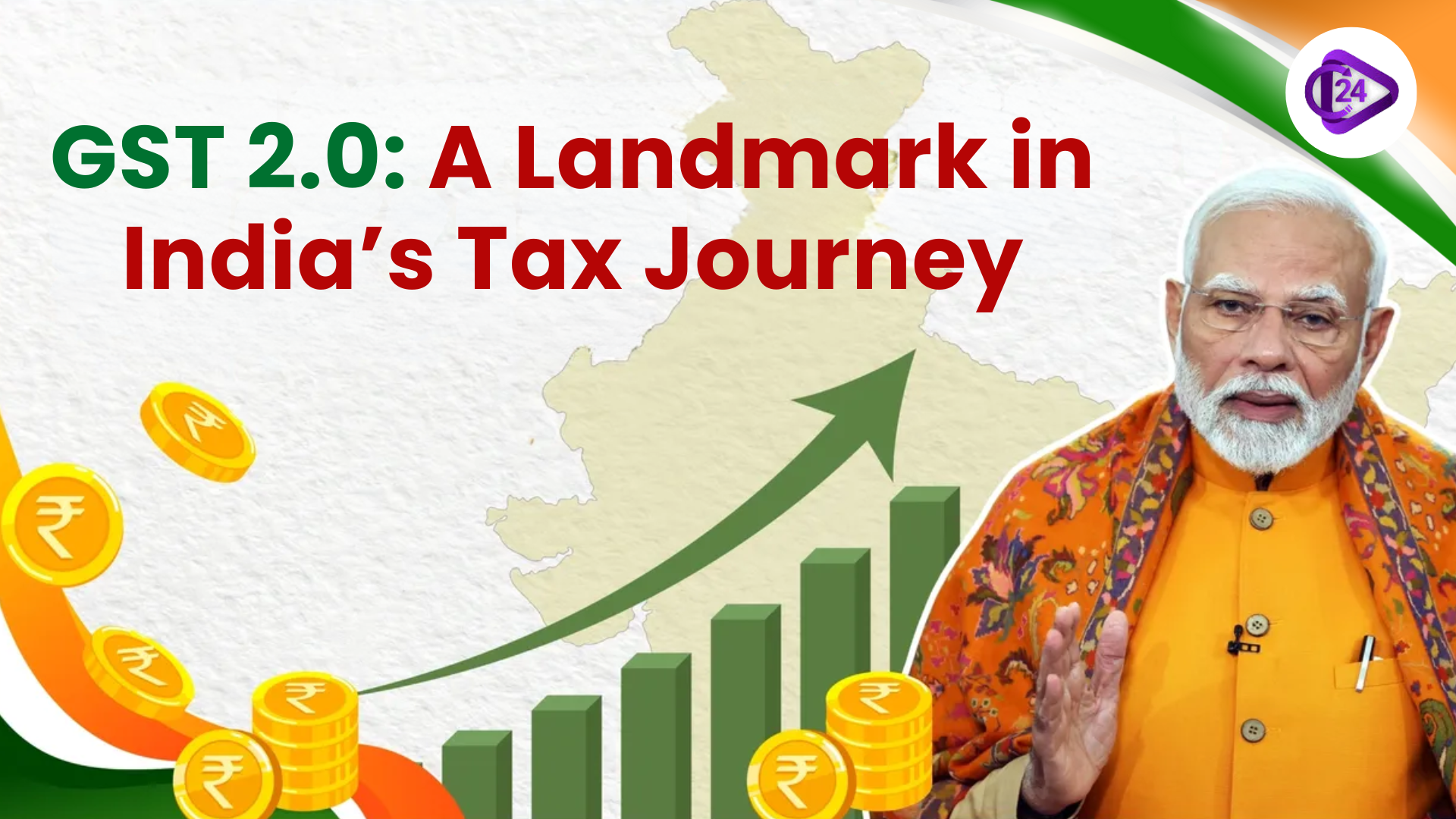
India will require an extra investment of 467 billion dollars in 2030 to decarbonise 4 emission-intensive areas: power, steel, cement and road transport. These industries make up more than half of the CO2 emissions of India. It is a bottom-up, sector-specific estimate, which is lower than past estimates of more than $1 trillion. According to the research, this mobilisation of finance may assist India in achieving the targets of the Paris Agreement and transition to low-carbon development.
Sector-wise Investment Needs
|
Sector |
Additional Investment Needed |
Notes |
|
Steel |
$251 billion |
Hardest to decarbonise; requires technologies like carbon capture and storage (CCS); covers existing and projected growth emissions. |
|
Cement |
$141 billion |
Similar challenges as steel; CCS and other low-carbon tech required. |
|
Power |
$47 billion |
The sector is already shifting rapidly towards renewable energy. |
|
Road Transport |
$18 billion |
Limited data; investment would support electrification and other clean mobility solutions. |
-
Total: $467 billion
Impact of Investment
-
Avoidance of 6.9 billion tonnes of CO2 in 2030 by decarbonising power and steel alone on top of cement.
-
The emission cuts of road transport are excluded because of the lack of data.
The Present Climate Development in India.
-
Half of the non-fossil electricity generation - goal already achieved.
-
Forests and trees absorb 2.53 billion tonnes of extra carbon - probably, and pending confirmation, they do.
-
Reduce intensity of emissions by 45 percent of 2005 levels - could be achieved before 2030.
Financing and Policy Implications
-
India is a supporter of international climate finance, according to Paris Agreement, but has struggled to access it.
-
It is proposed that internal funds can be raised to the tune of $467 billion, particularly by involving the private sector.
-
The macroeconomic analysis indicates that the investment could be fully felt without affecting exports, inflation, or the general economic stability in a negative way.
Conclusion
The biggest CO 2 emitters in India, steel and cement, will need most of the decarbonisation funding. There is also a need to invest specifically in power and road transport to achieve climate objectives. It is possible to decarbonise sectors strategically through financing and the adoption of technology. India has shown its readiness to develop low-carbon in the shortest time possible, but it will be based on the funding and the policy endorsement.



 Satellite Internet in India 2025: Bridging the Digital Divide
Satellite Internet in India 2025: Bridging the Digital Divide Equalising Primary Food Consumption in India: PDS & Nutrition Gaps
Equalising Primary Food Consumption in India: PDS & Nutrition Gaps Humanities as a Cornerstone of Ethical Progress in a Market-Driven World
Humanities as a Cornerstone of Ethical Progress in a Market-Driven World Unemployment Rate Declines, But Female Youth Face Rising Joblessness: PLFS Data
Unemployment Rate Declines, But Female Youth Face Rising Joblessness: PLFS Data PM Inaugurates India’s First Bamboo-Based Ethanol Plant in Assam
PM Inaugurates India’s First Bamboo-Based Ethanol Plant in Assam India Set to Be Among Top Five Shipbuilding Nations by 2047
India Set to Be Among Top Five Shipbuilding Nations by 2047 GST 2.0: A Landmark in India’s Tax Journey
GST 2.0: A Landmark in India’s Tax Journey APEDA launches BHARATI initiative to boost agri-food exports
APEDA launches BHARATI initiative to boost agri-food exports Bihar Cabinet Approves Mukhya Mantri Mahila Rozgar Yojana to Empower Women Entrepreneurs
Bihar Cabinet Approves Mukhya Mantri Mahila Rozgar Yojana to Empower Women Entrepreneurs






